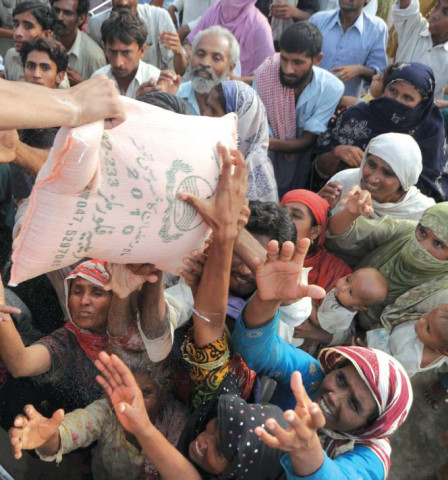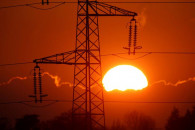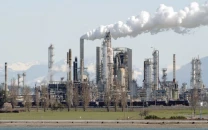Survey of flood-affected areas
What is most important is to invest some resources in analysing the flood path with areas that are low lying.

On November 25, 2009, the ‘Jewel of the Red Sea’ was hit by 90 millimetres of rain that caused havoc to an extent previously unimaginable. The flash floods that followed resulted in the death of 125 while more than 500 were declared missing.
Contrary to popular perception, the calamity was more man-made than God-sent. In the absence of a proper drainage system, the city’s collected sewage was dumped just outside Jeddah.
The sewage dump was commonly referred to as the ‘Musk Lake’. ‘Musk’ because of its foul stench and ‘lake’ because so much had been deposited since 1980 that it had practically turned into a lake.
Because of the rains that were much higher than average, the lake spilled over while some embankments were breached. The calamity was enormous, especially for houses that were built unplanned and in areas earmarked as ‘wadis’.
Fast forward just eight months: Pakistan has faced the most calamitous floods in its history. Not just because of flood-related deaths but also because of the massive loss of land, crops, livestock and infrastructure.
With more than 15 million affected and approximately 1,600 fatalities to date, the impact of the floods has been termed one of worst in the country’s history.
However, the water will eventually recede. People will be provided relief albeit not in the most ideal manner. But what would matter is how we, as a nation, take this calamity head on and ensure a better, prosperous and promising Pakistan.
Comprehensive survey of flooded areas
Floods are not like earthquakes, which are difficult to pre-empt.
When Hurricane Katrina hit the US in 2005 causing a loss of more than $200 billion, the trail of destruction was enormous.
After the catastrophe, the US empowered the United States Geological Survey (USGS) to utilise their scientific capabilities in order to come up with a multi-pronged approach based on surveys to reduce future losses.
The target was to bring down the annual losses caused by flooding by 25 per cent before 2015.
The USGS prioritised a National Streamflow Information Programme – the backbone for acquiring real-time and historical streamflow information, a web-based estimation system called StreamStats and invested heavily in modelling flood patterns and studies of climate change.
With such a programme in place, the US boasts an institution with advanced research capabilities. Pakistan can request the US to assist in preparing for future flooding by sharing historical flooding data with the USGS.
The USGS can collaborate with Pakistan’s meteorological department, the Federal Flood Commission and other scientific bodies and share the findings. They can also equip us with the necessary technology and capability to prepare and react to flood hazards in the future.
What is most important for Pakistan is to invest some resources in analysing the flood path with areas that are low lying and ones which are most vulnerable to over-flowing rivers and canals.
We also need to channel our resources in a forestation programme along river and canal banks. Pakistan has a very poor forest cover, somewhere in the vicinity of five per cent. Trees are the first line of defence against natural disasters like floods and landslides.
The future forestation along river and canal banks should be brought under the responsibility of respective irrigation departments.
These should be considered a long-term investment with a 10-15 year result target.
It is also imperative that our scientists and researchers find the right species of trees that can be planted along the river banks which not just grow quickly but also assist in farming in nearby lands.
Published in The Express Tribune, August 30th, 2010.



















COMMENTS
Comments are moderated and generally will be posted if they are on-topic and not abusive.
For more information, please see our Comments FAQ